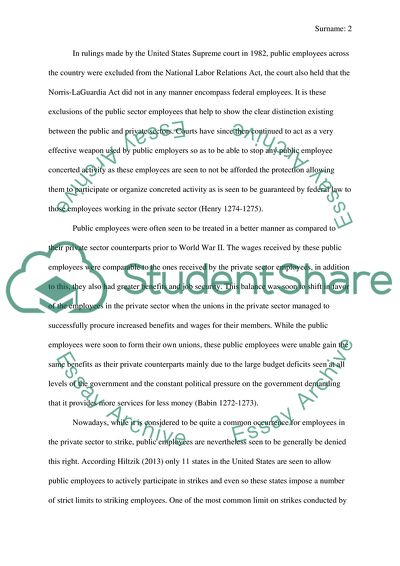Cite this document
(Should Public Employees Be Allowed to Strike Coursework, n.d.)
Should Public Employees Be Allowed to Strike Coursework. Retrieved from https://studentshare.org/human-resources/1814254-should-public-employees-be-allowed-to-strike
Should Public Employees Be Allowed to Strike Coursework. Retrieved from https://studentshare.org/human-resources/1814254-should-public-employees-be-allowed-to-strike
(Should Public Employees Be Allowed to Strike Coursework)
Should Public Employees Be Allowed to Strike Coursework. https://studentshare.org/human-resources/1814254-should-public-employees-be-allowed-to-strike.
Should Public Employees Be Allowed to Strike Coursework. https://studentshare.org/human-resources/1814254-should-public-employees-be-allowed-to-strike.
“Should Public Employees Be Allowed to Strike Coursework”, n.d. https://studentshare.org/human-resources/1814254-should-public-employees-be-allowed-to-strike.


